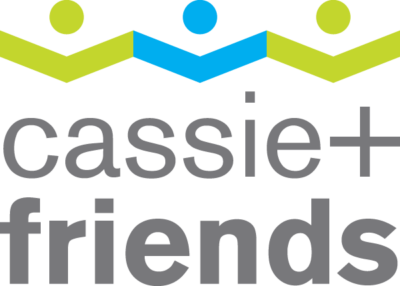TMJ: The Jaw Joint and JA
So, what is TMJ? You have a TMJ (temporomandibular joint) on each side of your jaw. These joints act like a sliding hinge, connecting your jawbone to your skull. While some people may have heard of TMJ before, what they may not know is that 8/10 kids who suffer from JIA will have affected jaw joints? That’s right 80%!
The symptoms can be silent or mild, so it’s important to learn how to keep an eye on your child’s jaw joint health, know what to ask your doctor, and why this is an important topic for all families affected by juvenile arthritis.
Video Resources
Below you’ll find our TMJ: Tips and Tricks for a Healthy Jaw webinar during which our experts deep dive into JA-related jaw problems including:
- Signs and symptoms
- Why certain tests might be needed
- At-home jaw exercises
- Tips and tricks for a healthy jaw!
Speakers include Julia Brooks, pediatric physiotherapist at the Alberta Children’s Hospital, Dr. Marinka Twilt, pediatric rheumatologist at Alberta Children’s Hospital, and youth speaker, Emily Bessey.
Écoutez l’enregistrement du webinaire en Français ici.
The following at-home, jaw exercise videos are provided by Julia Brooks. They are designed in a sequence, beginning with two range of motion exercises, followed by two isometric strengthening exercises, followed by two more jaw-strength exercises, and the final three videos dedicated to massage, stretching, and mobility for the neck.
Please note that we recommend doing these exercises under the direction of a physiotherapist.
TMJ FAQ’s
In our treatment of JIA, we often initially start with NSAID (e.g. naproxen) and may use corticosteroid joint injections for a few large joints. If this allows patients to achieve remission, then typically a disease modifying anti-rheumatic drug (DMARD) such as methotrexate is not required. However, if there is any residual disease activity after NSAID and injections (for example, in small finger or toe joints, or jaw [TMJ]) then a DMARD would be indicated. Also, if the joint injections don’t have a lasting effect, a DMARD may be beneficial. An advantage of using a DMARD is that it can also help to prevent additional joints from becoming affected by arthritis, and prevent joint damage in the long term.
Involvement of the TMJ joint is very common in JIA and is most often without symptoms like pain or stiffness. Most commonly, a pediatric rheumatologist notices changes in the movement of the TMJ or growth of the jaw bones which prompts an evaluation for TMJ disease with an MRI. TMJ involvement does occur in oligoarthritis but would be more commonly seen in polyarthritis patients. How to best diagnose, treat and monitor TMJ arthritis is an active area of research in pediatric rheumatology. At this time, our approach is to treat the TMJ if it is significantly inflamed with medications including DMARDs (e.g. methotrexate) +/- biologics to attempt to decrease the risk of long-term complications. This could include facial bone growth abnormalities, need for orthodontics, oral surgery, chronic TMJ pain and sleep apnea. We also often seek advice from our dental colleagues regarding the need for a splint or other specific dental care.
Children who have had arthritis affecting their neck should be screened for instability in that area before participation in any contact sports. Children should be reminded to wear protective eye equipment as per the general population. For children who have had uveitis, there might be an increased risk of eye injury in some sports. Children with a history of arthritis in the jaw (TMJ) are advised to wear properly fitted mouth guards for certain sports (e.g. contact) when these precautions are already recommended for the general population.
More TMJ Resources
Lily’s Journey to Diagnosis, Methotrexate, and Finding A Community of Support
Meet Lily. One morning, at the young age [...]
Tough as Nails: A Father Reflects on his Two Daughters and Childhood Rheumatic Disease
"We're very proud of our girls for showing the [...]
Emily’s Journey with TMJ
Hello there! My name is Emily Bessey. I am [...]
Matthew’s Journey with Juvenile Arthritis
My name is Matthew Sholdice. I am 19 years [...]
Mental Health Week 2020: Alison’s journey with mental health and arthritis
Alison Legge is a member of the Cassie + [...]











